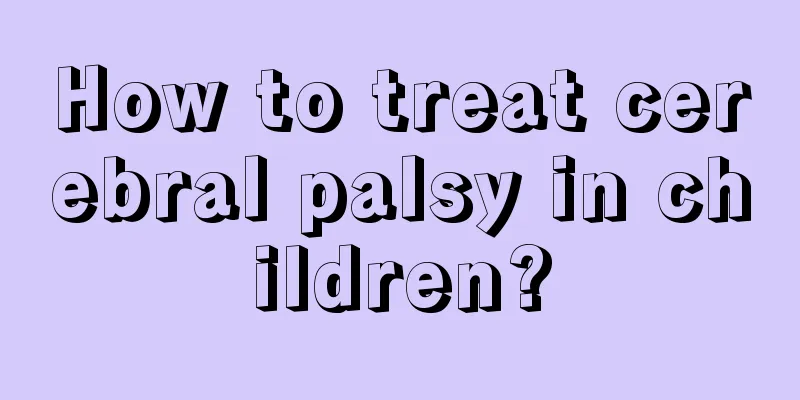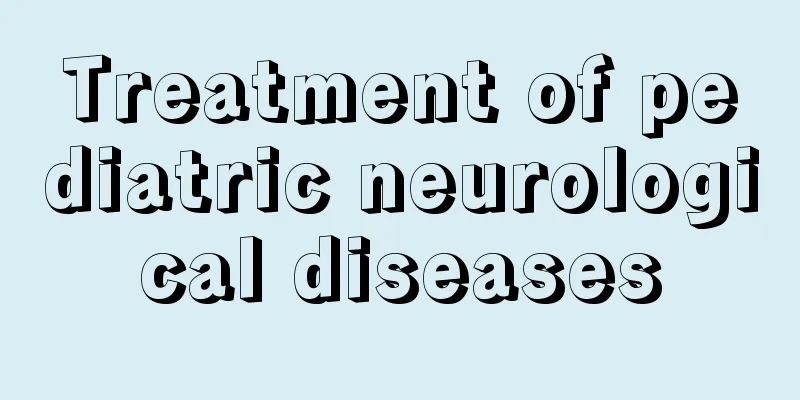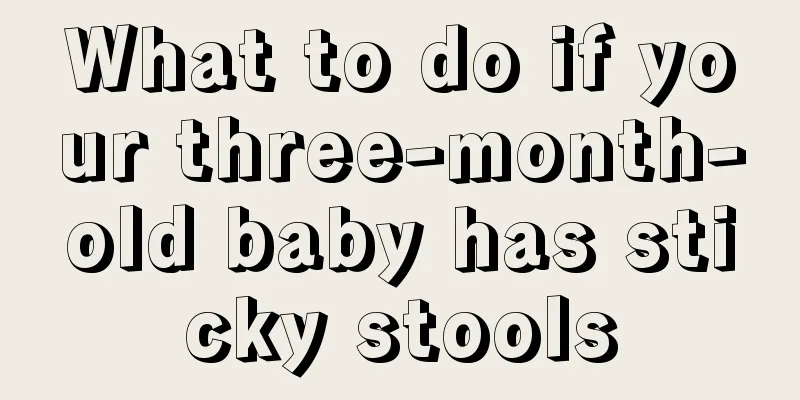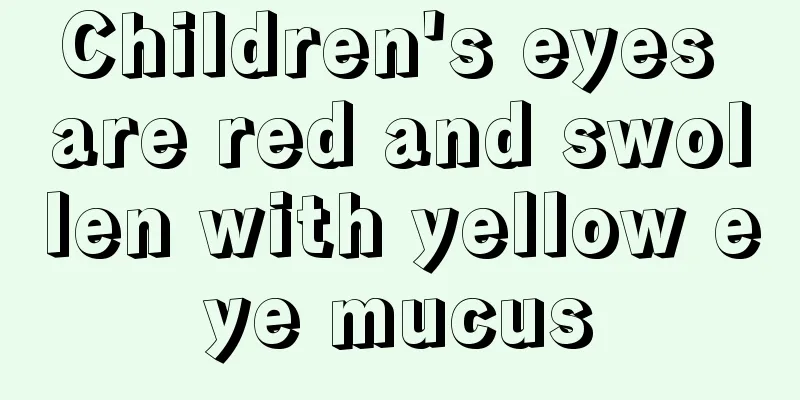How to treat cerebral palsy in children?

|
Some children suffer from cerebral palsy, which seriously affects their physical health. Therefore, children need timely treatment to ensure their safety and health. This will ensure that the cerebral palsy of children will not cause harm to children. So how should cerebral palsy in children be treated? Let me introduce this issue to you below. There are many causes of cerebral palsy in children, which can be summarized as follows: parents smoking, drinking, taking drugs, mother suffering from mental illness, diabetes during pregnancy, vaginal bleeding, gestational hypertension, placenta previa, threatened abortion or taking contraceptives to treat infertility, pregnancy-preserving drugs, etc.; high parity, premature birth, history of miscarriage, twins or multiple births, fetal growth retardation, intrauterine infection, intrauterine distress, placental abruption, placental dysfunction, umbilical cord around the neck, forceps delivery, long breech presentation, premature or post-term low birth weight babies, asphyxia and aspiration pneumonia after birth, hypoxic-ischemic encephalopathy, kernicterus, intracranial hemorrhage, infection, poisoning and malnutrition, etc. Clinical manifestations Sudden stiffness of the child: difficulty in certain positions, such as dressing the child in a supine position, flexing his body or hugging him. Loose: The baby's head and neck are loose and he cannot lift his head. When he was held in the air, his limbs drooped. The baby rarely moves. Developmental delay: Learning to lift the head, sit, and use hands is slower than that of children of the same age. One part of the body may be used more than another, e.g. some children often use one hand instead of both. Poor feeding: Poor aspiration and swallowing. The tongue often pushes milk and food out. Difficulty keeping quiet. Abnormal behavior: May be crybaby, irritable, and a poor sleeper, or may be very quiet, sleep too much, or not smile at 3 months. Early symptoms (1) Newborns or three-month-old infants are easily startled, cry incessantly, refuse to drink milk, and have difficulty sleeping. (2) Difficulties in early feeding, chewing, drinking, and swallowing, as well as drooling and breathing disorders. (3) Low sensory threshold, manifested as being easily startled by noise or changes in body position, and having an increased hugging reflex accompanied by crying. (4) Normal infants shortly after birth may step alternately with their feet when standing upright due to the stepping reflex. The above is my opinion on this issue. If a child suffers from cerebral palsy, timely treatment is needed to ensure the patient's physical health and avoid dangerous situations for children due to the above problems. If any problems arise, please consult me in time for resolution. Finally, I wish the child a speedy recovery. |
<<: How to treat cerebral palsy in children?
>>: 0-1 year old baby's visual development process
Recommend
What are the dietary treatments for children with phlegm and cough?
Although children's cough is a common lung di...
What are the symptoms of zinc deficiency in one-year-old children?
Children of different ages have different reactio...
What are the sequelae of meningitis in children?
Meningitis is relatively common among children, m...
How to treat gastroesophageal reflux symptoms in babies
Gastroesophageal reflux disease is more common in...
Treatment for ankle pain in children
We know that many children have ankle pain, which...
What are the symptoms of mild mental retardation?
Mental retardation is a synonym that no one likes...
Why does a two-month-old baby suddenly cry when sleeping?
We adults cannot fully understand every behavior ...
What can a 2-year-old eat to grow taller?
As people's lives become more and more afflue...
How to check Helicobacter pylori in children
Nowadays, many children are infected with Helicob...
What causes a sudden decrease in children's vision?
It stands to reason that if children develop good...
What causes rosacea?
Diseases are a very common phenomenon in people&#...
Why does the child have blood in his stool?
Parents are more concerned about their children&#...
Newborn hiccups after breastfeeding
In our lives, many babies will burp after feeding...
Why do children's nails turn white?
Why do children’s nails turn white? Everyone will...
How to improve children's lung capacity
Improving children's lung capacity has great ...









